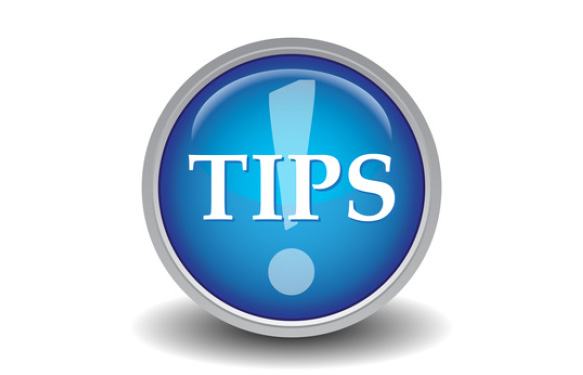Back to dilution of samples. After our post on whether samples should be diluted or not, let’s discuss today about how much they should be diluted.
Case # 1 – ELISA or simplex assays
Most ELISA manufacturers indicate the dilution range for different types of samples (serum, plasma, cell culture supernatants, etc.) to be used in their products. However, the dilution range can sometimes be from 1:2 to 1:2,000. How to choose the right dilution factor?
The honest answer is: nobody knows. That is, nobody knows what is the right dilution factor in your specific research project, for your specific biomarker.
A literature search may be needed. You can have a look at other groups having published on the biomarkers of your interest, and what is the detection range of the product they used. This is usually in the Materials & Methods section, or you can contact them directly. If biomarker values in pg / ml are provided in the publication, then you should choose an assay that includes these values in the linear range of the standard curve (as a rule of thumb, 3rd or 4th point in the standard curve). And there you go.
If you are working on biomarkers for which concentration for your specific experimental model is unknown, then you should test different dilutions. It is not generally recommended to calculate the dilution by using data from publications studying other diseases, as the level of biomarkers can vary significantly from one disease to another (that’s the point for disease-related biomarkers, in fact).
Case #2 – multiplex assays
In brief, the points described in case #1 also apply to multiplex assays. With one difference: in simplex assays, we look for the ideal dilution for one biomarker. In multiplex assays, we have to somehow compromise the notion of “ideal” dilution for that dilution value that will allow us to detect as many biomarkers as possible in the same assay.
Let’s describe this with an example. If for biomarker 1, the ideal dilution factor for serum samples is 1:20, while for biomarker 2, the ideal dilution factor is 1:20,000, we must make sure to use a technology that will allow to detect both markers in the same assay. This is where the notion of linear range of an assay is important. Simply speaking, the linear range of an assay is the number of logs of protein concentration that can be detected.
Most multiplex assays have linear ranges from 5 to 7 logs (ie. 5 to 7 orders of magnitude), which is normally enough for most assays. In some instances, however, it might be recommended to discard one of the markers in the multiplex, as its concentration will fall out the range of the assay. Assay ranges for multiplex technologies are usually known beforehand, so it is just a question of checking before using a given assay and/or deciding what markers to study.
In most cases, though, and especially when doing biomarker profiling (and hence, looking for the unknown), we have to use set dilutions. If we take a secretome profiling array, where we will analyse 1,000 biomarkers, it is highly unlikely that we have even a rough idea on the dilution that should be used. In this case, we should be taking a dilution value (e.g. 1:20 for serum / plasma samples), that is normally recommended in the manual.
In this case, use of fluorescent-based detection is usually better, as this will allow to play with the scanner settings (i.e. the PMT), and study different intensities without the risk of losing the fluorescence (that can be stable for months or even years). Testing different scanning intensities is a bit like testing different dilutions, only that this can be done without consuming samples or reagents.
After the profiling, and once that we have decided on a dozen or so relevant biomarkers, we can fine-tune the dilution factor when analysing less biomarkers in a larger cohort of samples.
Still wondering what is the best dilution for your experimental set-up? Don’t hesitate to contact us, or ask your question below!



